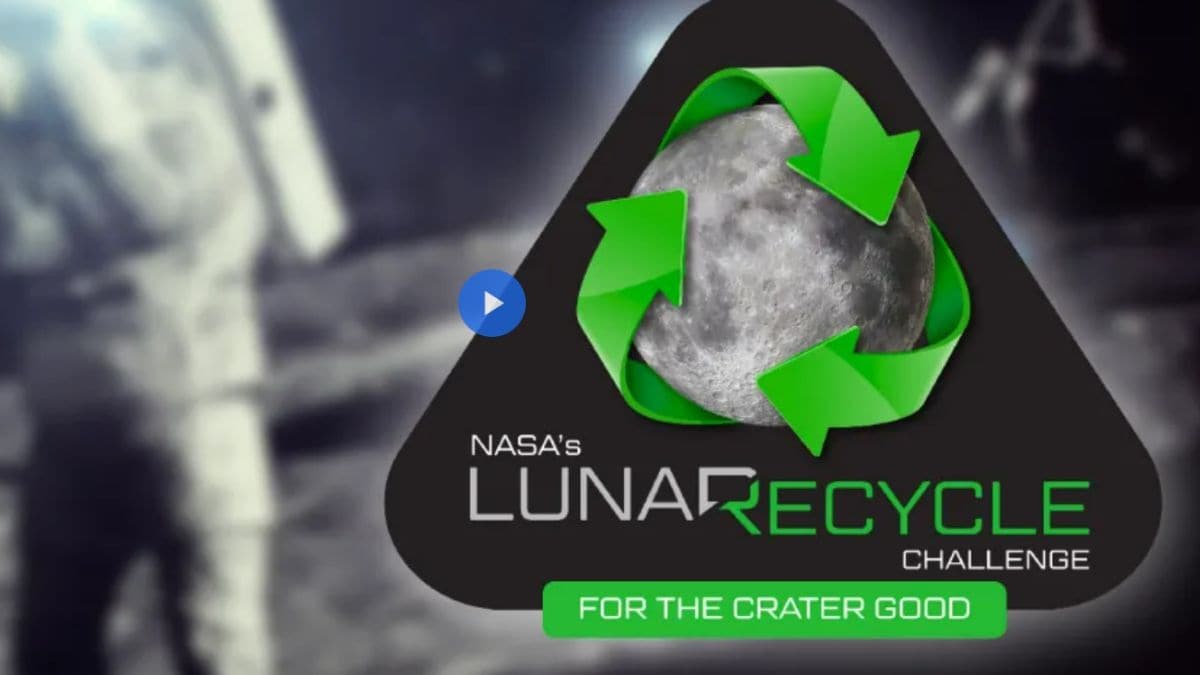NASA’s Lunarcycle Challenge: Innovating Waste Management for Lunar Missions
The American space agency NASA is embarking on an exciting journey towards long-term human habitation on the Moon and Mars. As these ambitious missions unfold, the challenges of waste management in space have become increasingly critical. To tackle this issue, NASA has launched an innovative competition called the Lunarcycle Challenge, offering a substantial prize of $3 million (approximately ₹25 crore) to the teams that can develop effective waste recycling solutions.
The Need for Effective Waste Recycling
During extended stays on the Moon or other celestial bodies, astronauts will generate a diverse array of waste, including food packaging, worn-out clothing, and materials from scientific experiments. NASA is seeking environmentally sustainable technologies that can handle this waste efficiently, while minimizing energy consumption and ensuring user-friendliness. This focus on recycling aligns with NASA’s broader commitment to sustainability and resource management in space exploration.
Competition Structure
The Lunarcycle Challenge aims to foster innovation by inviting researchers and teams worldwide to participate. It consists of two main components:
- Hardware Prototypes: Participants are encouraged to create tangible prototypes of recycling systems tailored for lunar conditions.
- Virtual Systems: Competitors can develop virtual replicas of recycling technologies, allowing for a comprehensive understanding and simulation of the systems in action.
Key Areas of Focus
The challenge encompasses three primary areas:
- Logistics Tracking: Efficiently managing the transportation and disposal of waste materials.
- Astronauts’ Clothing Management: Developing systems to handle the disposal and recycling of astronaut clothing.
- Scientific Experiment Waste: Creating innovative methods to recycle materials used in scientific research.
The Future of NASA Missions
Nasa’s Lunarcycle Challenge is set against the backdrop of its Artemis mission, which aims to return humans to the Moon and sustain a long-term presence there. This mission is not just about exploration; it’s about establishing a base for future missions to Mars and beyond. As global interest in lunar exploration rises, with countries like China and Russia planning collaborative missions, innovations stemming from challenges like Lunarcycle could play a pivotal role in future space sustainability.
Conclusion
The Lunarcycle Challenge represents a significant opportunity for scientists, engineers, and innovators across the globe to contribute to the future of space exploration. By addressing the challenges of waste management, NASA is not only ensuring the success of its own missions but also paving the way for a sustainable approach to human presence beyond Earth. As the competition unfolds, it will undoubtedly inspire groundbreaking advancements that could change the landscape of space exploration.









